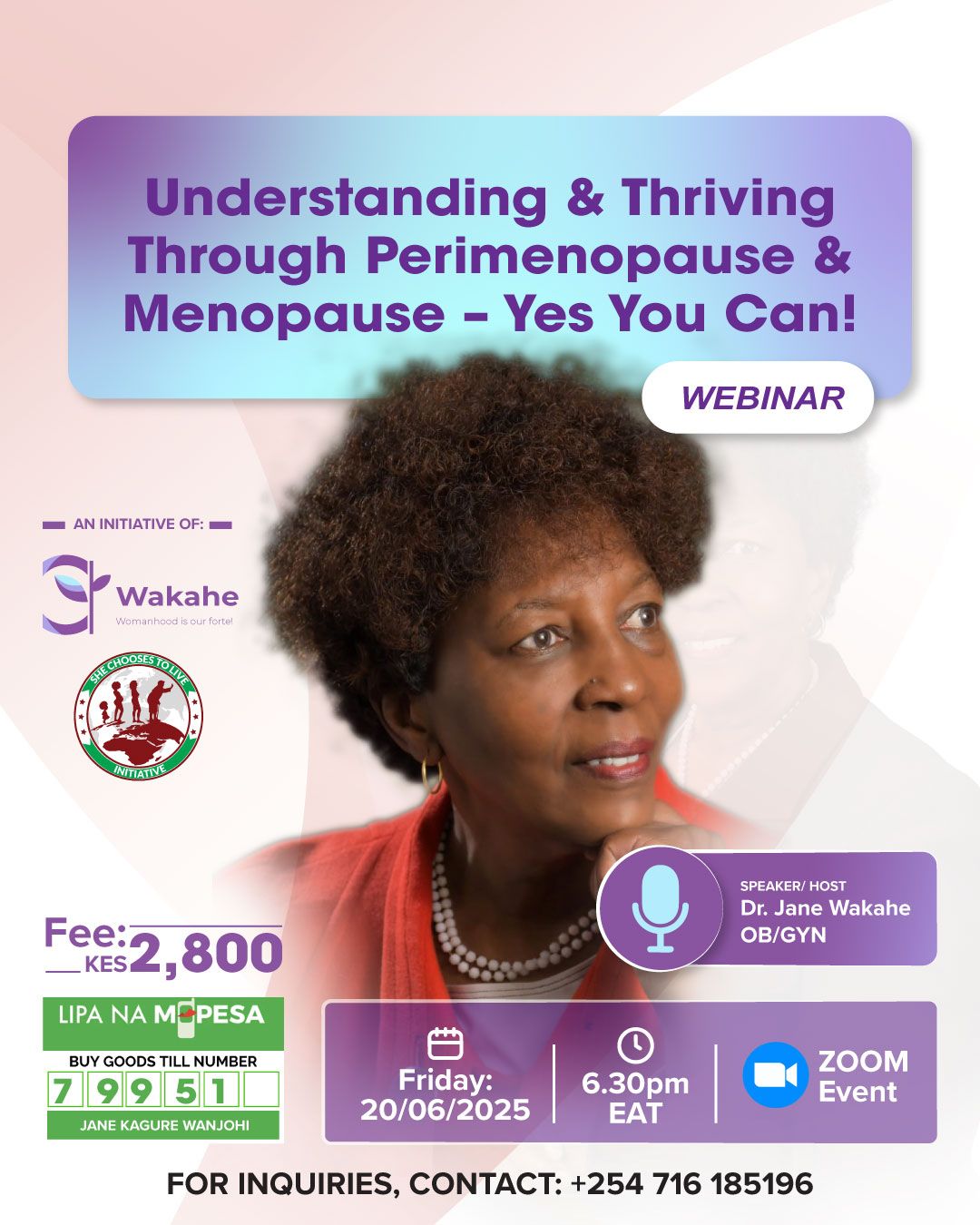Egg Production and Storage
A woman’s egg supply is finite. It is established before she is born. During foetal development, a female baby can have up to 6 million eggs. However, this number decreases rapidly, and by the time she is born, she has between 1 and 2 million eggs. This number continues to decline, and by the time she reaches menarche (the onset of menstruation), she has approximately 300,000 to 400,000 eggs.
While this may seem like a large number, it’s important to understand the dynamics of egg loss and ovulation. After puberty, the rate of egg loss slows down. However, each month, the body prepares a group of up to 1,000 eggs for ovulation. Out of this group (or cohort), only 1 or 2 eggs will mature and be released during ovulation for possible fertilization. The rest of the eggs in the cohort will die.
It’s worth noting that during pregnancy and when on some hormonal contraceptives the ovaries remain dormant that is, they do not release eggs for fertilization.
As a woman ages both the quantity and quality of eggs decrease; this means that her chances of getting a genetically abnormal baby increase. By the time a woman reaches menopause, her egg reserve is typically less than 100.
Lifestyle factors such as smoking can accelerate the destruction of eggs. Understanding these facts highlights the importance of reproductive health and the impact of lifestyle choices on fertility.
Latest Posts

- 🗓️ Date: Friday, June 20th 2025
- 🕡 Time: 6:30PM EAT
- 🎟️ Early Bird Offer: KES 2,500 (Valid until Saturday, June 7th)
- 📲 Pay via M-Pesa Till No: 79951
- ☎️ For inquiries call: 0716185196
Cervical Cancer Awarness
November 22, 2024
Subscribe to our Newsletter and stay in the
loop of our latest News and Updates